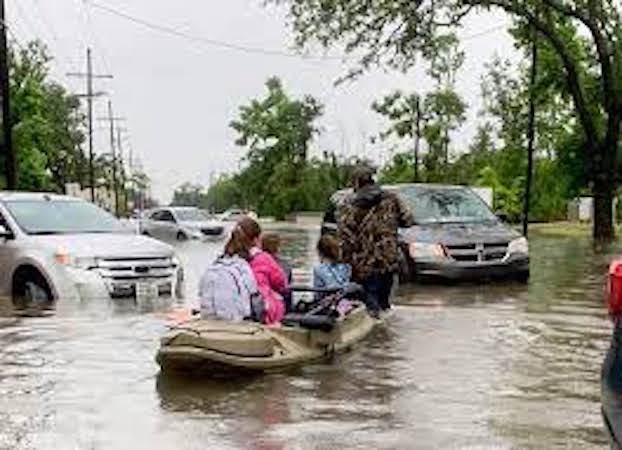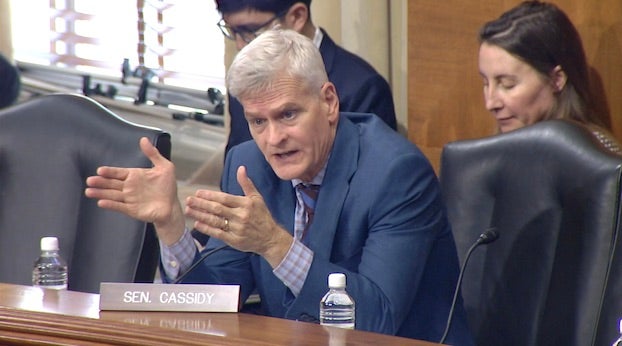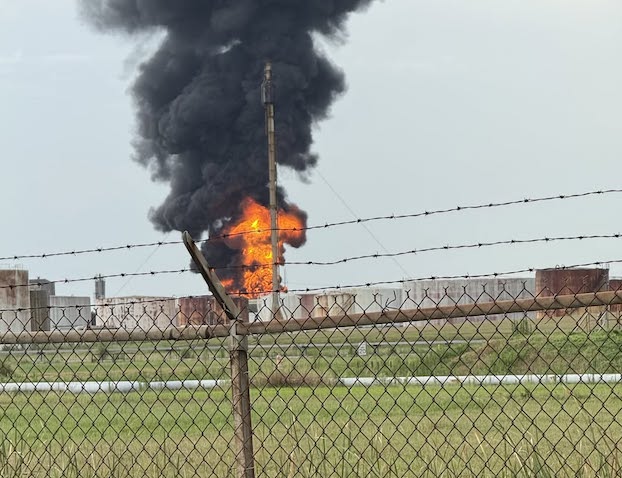Move underway in Congress to reform National Flood Insurance Program
Published 6:07 am Tuesday, July 18, 2023

- Nick Delgado uses his boat to help a neighbor pick up their kids from schools during heavy rains in Lake Charles on May 17, 2021. (American Press Archives)
United States senators and representatives from both parties — including U.S. Sen. Bill Cassidy, R-La., and U.S. Rep. Clay Higgins, R-La., — are taking steps to reform the National Flood Insurance Program.
Cassidy discussed the National Flood Insurance Program Reauthorization (NFIP-RE) Act of 2023 act at a press conference earlier this month, stating that the bipartisan, bicameral bill will address “out of control” flood insurance rate increases that many homeowners have experienced with Risk Rating 2.0.
Risk Rating 2.0 is NFIP’s updated pricing methodology that prices flood insurance on an individual basis that was fully implemented by the Federal Emergency management Agency as of April 1, 2023. As a result of the rating system, many policyholders have seen unsustainable increases in insurance rates.
Trending
Some premium increases doubled. Cassidy stated that before Risk Rating 2.0, premium increases were capped at 9 percent a year. That cap is now sitting at 18 percent.
According to data from FEMA, out of 16,814 policies in Calcasieu Parish, 15,579 had increases; 143 of them were increases of $50 or more.
“No matter where I go in Louisiana, I hear about the trouble people are having with the National Flood Insurance Program… We need to reform the NFIP to make sure it’s affordable,” he said.
Cassidy said his priority is to ensure Louisiana families are not priced out of insurance or “bogged down in red tape.”
He noted that with NFIP-RE, the premium increase cap would be relowered to 9 percent and systems would be instituted to support those unable to afford their flood insurance, such as means-tested vouchers for those who experience excessive hikes, strengthened insurance company oversight and a simplified claims process for homeowners.
“Our goal is to make this affordable, accountable to the taxpayer, sustainable to society, and we think we can do that.”
Trending
He stated that he does not believe FEMA has been transparent regarding Risk Rating 2.0’s premium formula.
“I don’t think FEMA has been forthcoming, the model itself is very complex…They’ve not put out material which has made it more easily understood.
“They need to make it clear why some people, for no apparent reason, are paying less relative to someone else who has never flooded who’s paying more.”
NFIP would be reauthorized for five years under the legislation.





